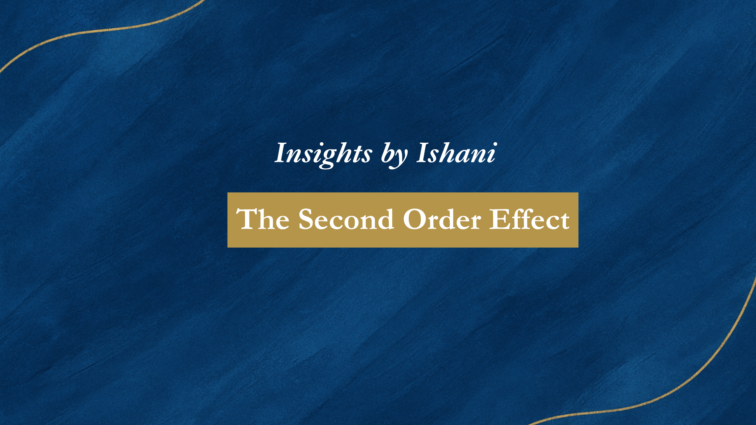Economist Henry Hazlitt once observed: “The art of economics consists in looking not merely at the immediate, but at the longer effects of any act or policy.”
In startups and investing, the first-order effects of a decision are visible: a round raised, a product introduced, a new leader onboarded.
The second-order effects emerge more quietly, and they play a key role in shaping an institution:
A funding round extends runway, but it also sets the tone for future capital discipline. The signalling can attract the right partners, or it can create expectations that outpace reality.
A product release meets an immediate need, but it also generates data that refines market understanding. Sometimes it sharpens focus, other times it broadens complexity.
A senior hire brings expertise, but also introduces cultural benchmarks. Those benchmarks can elevate the team, or shift dynamics in unintended ways.
Second-order effects are not inherently positive or negative, they are compounding forces. First-order results can be counted. Second-order effects are what compound.
Which second-order effects, quietly positive or quietly demanding have defined your journey?

